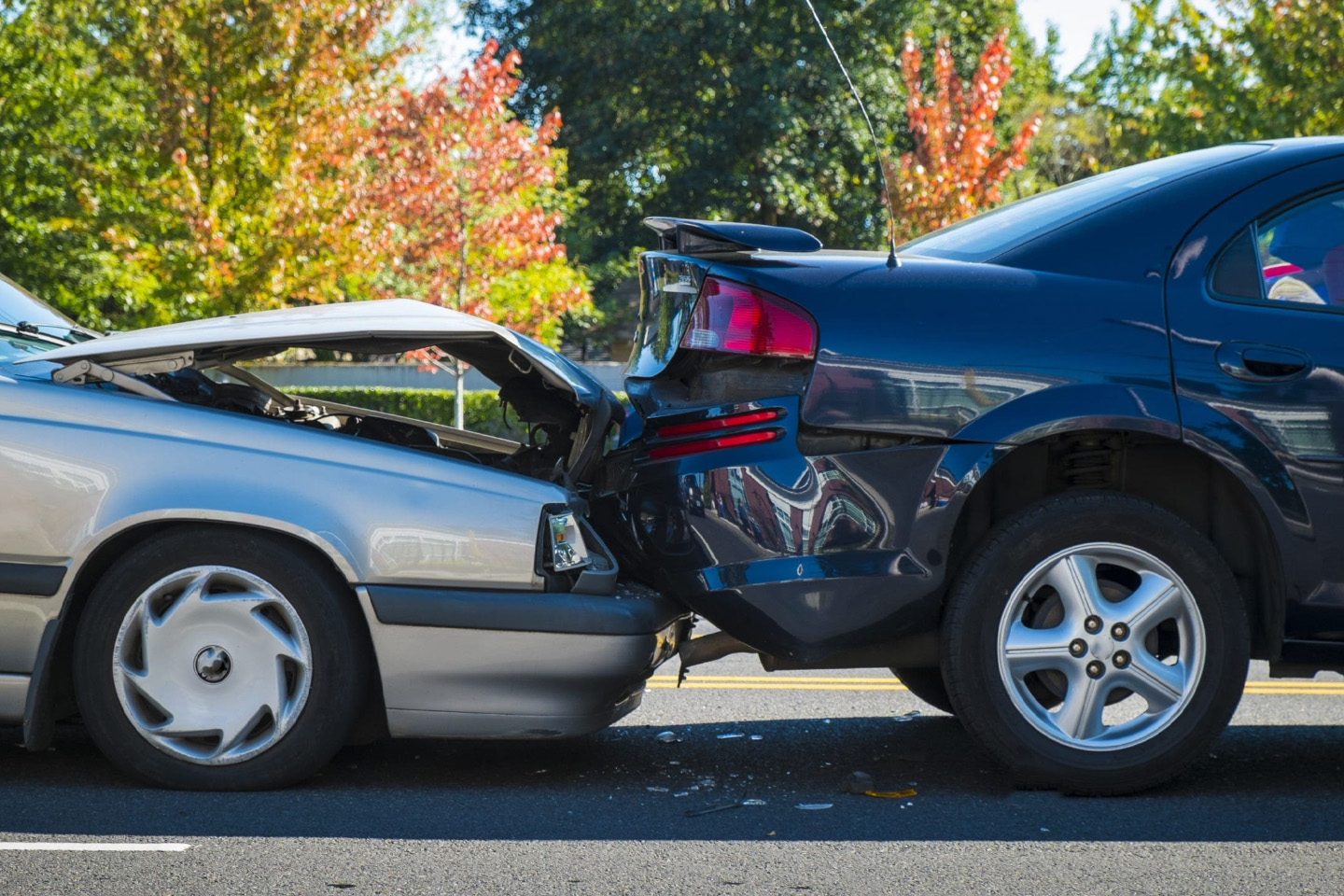Liga Asuransi – Dear risk takers, how are you? I hope you and your family are well.
As always, we stay focused on discussing risk management and insurance, and this time we will talk about the risks and insurance for motor vehicle insurance.
If you are interested in this article, please share it with your friends so they can understand as you do.
Understanding the risks associated with motor vehicle operations is crucial for understanding motor vehicle insurance needs.
Driving a motor vehicle carries inherent risks, from accidents caused by human error to damage caused by environmental factors or other drivers. These risks can result in significant financial loss for drivers and other parties involved in accidents without proper risk management.
UNDERSTANDING MOTOR VEHICLE INSURANCE
Motor vehicle insurance is a type of insurance policy that provides financial protection against losses or damages that may arise from the operation of a motor vehicle. It is designed to cover a range of risks that can affect the car and other people or property that may be affected by its use.
Typically, motor vehicle insurance policies provide coverage for three main types of losses: third-party liability, which covers damages or injuries to other drivers or pedestrians; collision coverage, which covers damages to the insured vehicle resulting from a collision with another car or object; and comprehensive coverage, which covers damages to the insured vehicle resulting from non-collision events, such as theft, fire, or natural disasters.
Motor vehicle insurance policies vary widely depending on the provider and the policy’s specific terms. Some policies may offer additional benefits or options, such as roadside assistance or rental car coverage.
In most countries, motor vehicle insurance is mandatory for drivers, and failure to have insurance can result in fines or other penalties. The cost of insurance premiums can depend on various factors, including the driver’s age, driving record, and the make and model of the vehicle being insured.
THE HISTORY OF MOTOR VEHICLE
The history of motor vehicle insurance can be traced back to the early days of the automobile when accidents involving these new machines were relatively common. In the United Kingdom, the first motor vehicle insurance policies were issued in the late 19th century by companies such as the General Accident, Norwich Union, the Law Union, and Rock Insurance Company.
Initially, these policies only covered third-party liability, meaning they compensated other drivers and pedestrians injured or damaged their property in an accident caused by the insured driver. This was necessary because no laws required drivers to have insurance, and many motorists could not afford to pay for damages out of pocket.
Over time, as the number of cars on the road increased, insurers began offering more comprehensive policies covering damage to the insured vehicle. In the early 20th century, American companies such as State Farm and Allstate started selling auto insurance policies that included collision, comprehensive coverage, and liability insurance.
As the popularity of the automobile grew, so did the demand for insurance. By the mid-20th century, nearly every driver in developed countries had some form of auto insurance coverage. In the United States, the government started requiring drivers to have liability insurance in the 1950s, and other countries soon followed suit.
Today, motor vehicle insurance is a highly competitive industry with many policies and providers. Insurers use sophisticated algorithms and data analysis tools to determine premiums, assess risk, and process claims.
Despite the many changes, motor vehicle insurance’s fundamental purpose remains to protect drivers, passengers, and others on the road from the financial consequences of accidents and other mishaps.
The history of motor vehicle insurance in Indonesia began in the 1950s when the first insurance companies were established in the newly independent country. However, in the 1980s and 1990s, motor vehicle insurance became widely available to Indonesian consumers.
In 1992, the Indonesian government introduced a new law that required all drivers to have liability insurance. This helped to spur the growth of the motor vehicle insurance industry in Indonesia, as millions of drivers were suddenly required to purchase insurance for the first time.
In the years since, the Indonesian motor vehicle insurance industry has continued to grow, with a wide range of policies and providers now available to consumers. Insurers use advanced risk assessment techniques and data analysis tools to determine premiums and process claims. Many companies now offer digital services and mobile apps to make it easier for customers to manage their policies.
However, Indonesia’s motor vehicle insurance industry still faces significant challenges, including high fraud rates and a lack of awareness among many drivers about the importance of insurance.
WHAT ARE THE RISKS COVERED BY MOTOR VEHICLE INSURANCE?
Motor vehicle insurance policies are designed to protect financially against various risks from using a motor vehicle. The specific risks covered by a policy can vary depending on the provider and the terms of the policy but generally include the following:
- Third-party liability
This covers damages or injuries to other drivers or pedestrians caused by the insured vehicle. It can also cover legal expenses in a lawsuit resulting from an accident.
- Collision coverage
This covers damages to the insured vehicle resulting from a collision with another car or object, such as a tree or telephone pole.
- Comprehensive coverage
This covers damages to the insured vehicle resulting from non-collision events, such as theft, fire, vandalism, or natural disasters like floods, hurricanes, or earthquakes.
- Personal injury protection
This covers medical expenses for the insured driver and any passengers in the vehicle in the event of an accident, regardless of who was at fault.
- Uninsured or underinsured motorist coverage
This provides coverage if the insured vehicle is involved in an accident with a driver without or inadequate insurance coverage.
- Additional coverage options
Depending on the policy, additional coverage options may be available, such as roadside assistance, rental car coverage, or customized coverage for specific types of vehicles, such as motorcycles or RVs.
It’s important to note that the specific risks covered by a motor vehicle insurance policy can vary depending on the provider and the policy terms. It’s important to carefully review the policy before purchasing to ensure it provides the desired level of coverage.
WHAT ARE THE RISKS AND ACCIDENTS THAT CAN HAPPEN TO MOTOR VEHICLES?
There are a wide range of risks and accidents that can happen to motor vehicles, including:
- Collisions
This includes accidents involving other vehicles, stationary objects, or pedestrians.
- Theft
This includes the theft of the entire vehicle or its parts.
- Vandalism
This includes intentional damage to the vehicle, such as graffiti or broken windows.
- Fire
This includes fires due to accidents, electrical faults, or other causes.
- Natural disasters
This includes damage caused by floods, earthquakes, hurricanes, or tornadoes.
- Mechanical breakdowns
This includes failures or malfunctions of the vehicle’s engine, transmission, or other components.
- Personal injury
This includes injuries the driver or passengers sustained in the vehicle due to an accident.
- Uninsured or underinsured drivers
This includes accidents involving drivers who do not have insurance or do not have enough insurance to cover the damages.
- Road hazards
This includes damage caused by potholes, debris on the road, or other hazards.
Drivers need to be aware of these risks and take steps to prevent accidents and minimize their potential impact. This can include practicing safe driving habits, maintaining the vehicle properly, and having adequate insurance coverage to protect against potential losses.
THE MOST FREQUENT CAR ACCIDENTS
Here are some examples of common types of motor vehicle accidents that can occur:
- Rear-end collisions.
These occur when one vehicle collides with the back of another car, often due to following too closely or distracted driving.
- Side-impact collisions
Also known as T-bone collisions, these occur when one vehicle collides with the side of another vehicle, often at an intersection.
- Single-vehicle accidents
These occur when a vehicle collides with a stationary object, such as a tree or a utility pole.
- Head-on collisions
These occur when two vehicles collide with each other while traveling in opposite directions, often resulting in serious injuries or fatalities.
- Rollover accidents
These occur when a vehicle rolls over onto its side or roof, often due to speeding, swerving, or overcorrecting.
- Hit-and-run accidents
These occur when a driver leaves the scene of an accident without stopping to exchange information or assist those involved.
ELECTRIC MOTOR VEHICLE INSURANCE
Electric motor vehicle insurance is a type of insurance that provides coverage for electric cars and other electric vehicles. As electric vehicles become more popular, insurance companies are developing specialized policies to meet the unique needs of electric vehicle owners.
One of the main differences between electric motor vehicle insurance and traditional car insurance is how premiums are calculated. Because electric cars have different components and technology than conventional gasoline-powered vehicles, they may require specialized repairs or maintenance.
This can affect the cost of insurance premiums, as repairs and maintenance for electric vehicles may be more expensive than for classic cars.
Another essential consideration for electric motor vehicle insurance is the battery. Electric vehicle batteries are a significant expense and may need to be replaced at some point, which can be costly. Some insurance policies may offer coverage specifically for battery replacement or repair, helping to offset these costs for electric vehicle owners.
Additionally, because electric vehicles are still a relatively new technology, there may be unique risks and considerations associated with insuring them. For example, there may be concerns about the safety of the battery or the potential for electrical malfunctions.
Insurance companies offering electric motor vehicle insurance policies may consider these factors when setting premiums and determining coverage.
In summary, electric motor vehicle insurance is a specialized type of insurance designed to meet the unique needs of electric vehicle owners. It may include battery replacement or repair coverage, and premiums may be calculated based on electric cars’ unique components and technology.
WHY DO CAR OWNERS BETTER USE AN INSURANCE BROKER FOR THEIR CAR INSURANCE?
Car owners may choose to work with an insurance broker for several reasons, including:
- Expertise
Insurance brokers are trained professionals who specialize in insurance products and can offer expert advice on the types of coverage that may be appropriate for a car owner’s needs. They can guide the types and amounts of coverage that may be required or recommended based on the car owner’s unique circumstances.
- Access to multiple insurance providers
Insurance brokers often work with various insurance providers, giving car owners access to a broader range of options and potentially lower rates than they might find on their own.
- Timesaving
Shopping for car insurance can be time-consuming, especially if a car owner is trying to compare rates and coverage options from multiple providers. An insurance broker can handle this process on behalf of the car owner, saving them time and potentially helping them find the best coverage at the best price.
- Personalized service
Insurance brokers can provide customized services to their clients, taking the time to understand their unique needs and circumstances and working to find the insurance solutions that meet those needs.
- Claims assistance
In the event of an accident or other covered incident, an insurance broker can help the car owner navigate the claims process, providing support and guidance to help ensure that the claims are processed smoothly and that the car owner receives the coverage to which they are entitled.
Working with an insurance broker can help car owners make informed decisions about their insurance coverage, saving them time and money.
One of the leading insurance brokers in Indonesia is L&G Insurance Broker.
For all your insurance needs, please call L&G now!
—
LOOKING FOR INSURANCE PRODUCTS? DON’T WASTE YOUR TIME AND CONTACT US RIGHT NOW
L&G HOTLINE 24 HOURS: 0811-8507-773 (CALL – WHATSAPP – SMS)
website: lngrisk.co.id
E-mail: customer.support@lngrisk.co.id
—
















